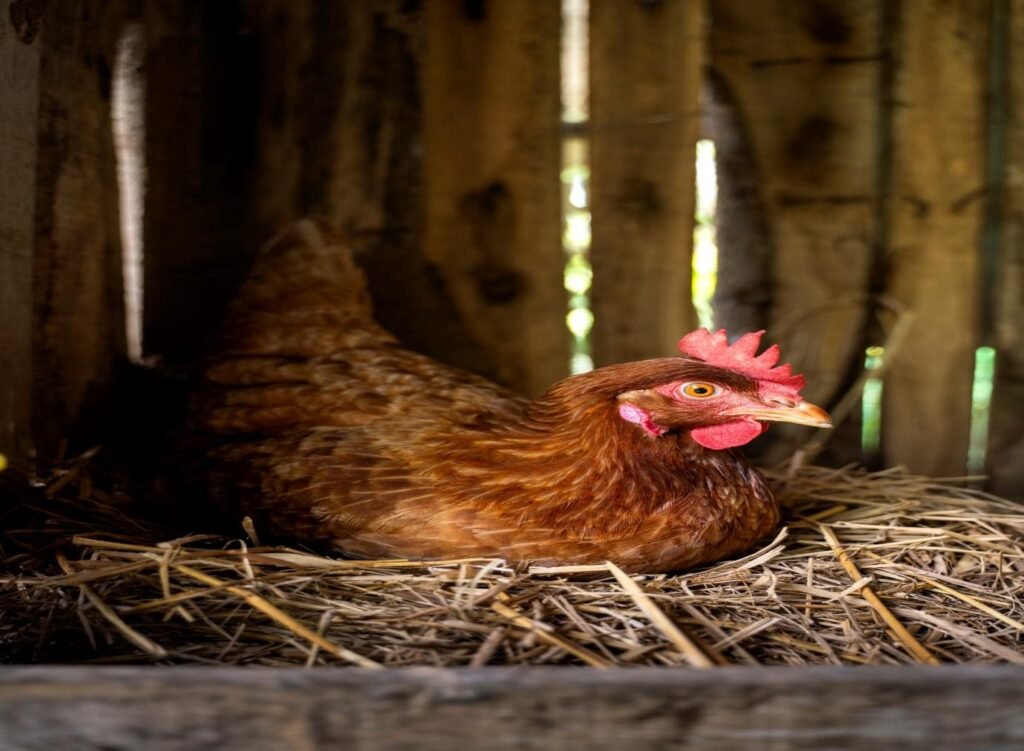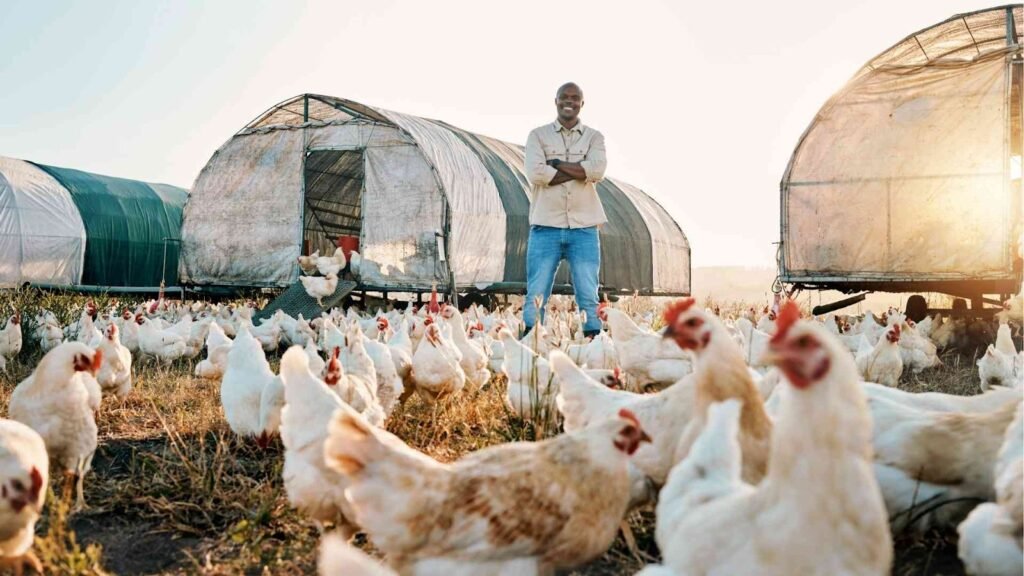Poultry Farming
Revolutionizing Poultry Farming1 | Smart Sensors, AI, and Robotics for Maximum Efficiency

Overview of this blog
Poultry farming is changing with new technology. Smart sensors check air and comfort, while robots help with feeding and cleaning. Better chicken breeds grow faster and resist disease. Vertical farming saves space, and AI helps farmers manage flocks. These innovations make poultry farming more efficient, healthy, and sustainable for the future.

Revolutionizing Poultry Farming, a revolution is underway. Smart sensors and monitoring systems have taken flight, continuously monitoring the poultry environment to safeguard the well-being and productivity of our feathered friends. Real-time data ensures their comfort and optimal air quality. Meanwhile, a robotic revolution is transforming the industry, handling feeding, egg collection, and waste management with remarkable efficiency. Genetic advancements have produced superior chicken breeds, combining high meat yields with disease resistance and efficient feed conversion. In urban spaces, vertical farming maximizes productivity without sprawling land use. Biosecurity measures and AI-driven systems elevate efficiency and health. These innovations herald a brighter, more sustainable future for poultry farming.
Smart Sensors for Optimal Health: Poultry farms now deploy smart sensors and monitoring systems that continuously track environmental conditions, ensuring the well-being and productivity of birds. Real-time data helps maintain optimal air quality and comfort.
Robotic Revolutionizing Poultry Farming
Automation technologies, including robots, have transformed poultry farming. These robots handle tasks like feeding, egg collection, and waste management, reducing labor costs while enhancing efficiency.
Genetic Advancements: Advances in genetics and selective breeding techniques have led to the development of superior chicken breeds. These breeds exhibit desirable traits such as higher meat yield, disease resistance, and efficient feed conversion.

Vertical Farming: In urban areas with limited space, vertical farming techniques allow for efficient utilization of space by vertically stacking layers of chickens. This innovative approach boosts productivity without requiring extensive land. Revolutionizing Poultry Farming
Biosecurity Measures: Innovations in biosecurity include advanced air filtration systems, disinfection technologies, and disease prediction models. These measures help prevent the spread of diseases and ensure the overall health of the flock.
Harnessing AI for Efficiency: Artificial Intelligence (AI)-powered systems analyze vast amounts of data to optimize farming operations. This includes predicting disease outbreaks, adjusting feeding regimes, and improving flock management.
These innovations are propelling the poultry industry toward higher productivity, better animal welfare, and more streamlined operations. By embracing these technologies, poultry farmers can ensure sustainable and profitable production in a changing agricultural landscape

CONCLUSION
Innovations in poultry farming herald a new era. Smart sensors, robotics, genetics, and AI-driven systems are driving higher productivity and better animal welfare. Vertical farming optimizes space, while biosecurity measures protect flocks. Revolutionizing Poultry Farming These advancements empower poultry farmers to navigate a changing agricultural landscape, ensuring sustainable.












